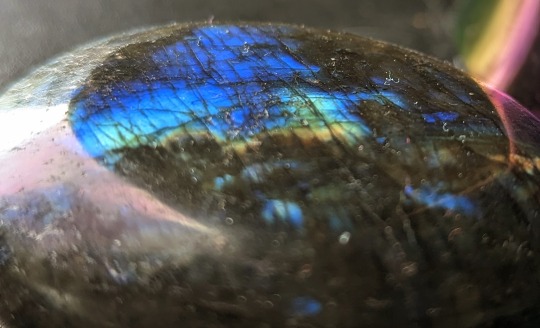#plagioclase
Text
oh man oh man i found the most beautiful seam of porphyry (some of it basically glomeroporphyritic) in the dacite-rhyolite mountains behind my parents place! i was out for only two hours and lugged a big heavy piece home with me along with some smaller ones:

look at that huge cryst on the left one.
it has some nice biotite in it as well. it was really fuckin wet (and sweaty!!) though and i just about made it back before it started pouring. looking forward to tomorrow to see how it looks when it dries in the sun
also, looks completely different from the very red dacite (im now thinking that one was more of a rhyolite?) i got from the same area last year, just maybe 100m apart.

the bedrock it came from. look at those three color shifts, left to right, dark to beige to spotted. this is a magma rich in felsic minerals that probably cooled real slow at first, then got mixed up with a mafic one via plate subduction, heated back up and had a big devastating yellowstone-like eruption ~1,9 billion years ago. add some tectonic drift, accretions, isostatic rebound, then some magma intrusions.
31 notes
·
View notes
Text
Plagioclase and Pigeonite Patterns!!!
A very fun lab today, looking how to determine the anorthite content of plagioclse. Plagioclase often shows with Albite Twinning (which is the characteristic alternating stripes we can see below in the first picture). When we turn the slide, these reverse (black becomes white). In between, theres an intermediate stage where the mineral is all the same colour, usually pale grey; this can be seen in the second picture bottom right. By measuring the difference in angle (approx 4-5°) when different sections go extinct (ie totally black) we can figure out the percentage of anorthite.
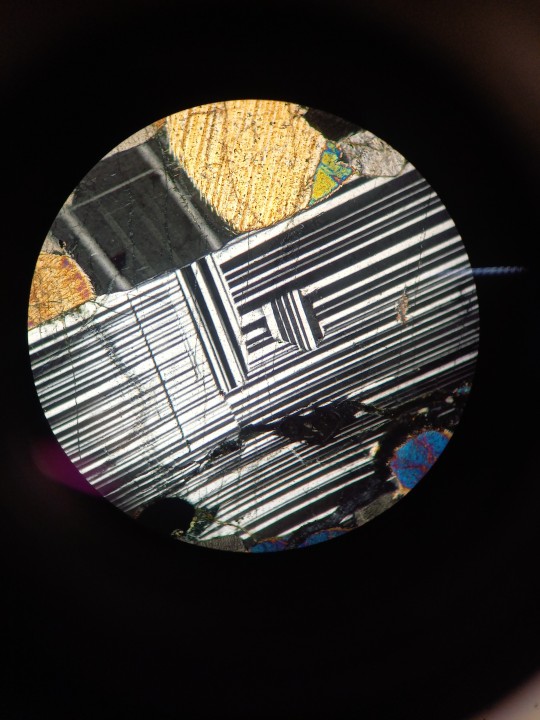

#geology#thin section#crystals#geoblr#mineralogy#rocks#studyblr#microscope#plagioclase#pigeonite#is that a tag yet?#patterns#abstract
54 notes
·
View notes
Photo
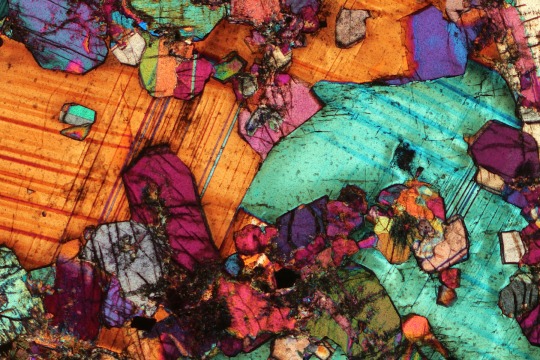
Source: facebook.com/Microckscopica
SHARE - CONDIVID Plagioclase, pyroxene and a bit of olivine in this gabbro (sold as Galaxy Black dimension stone)
#geology#gabbro#Plagioclase#pyroxene#olivine#so this is gabbro..hmm..#minerals#plutonic rocks#microscope#thin section
2 notes
·
View notes
Text
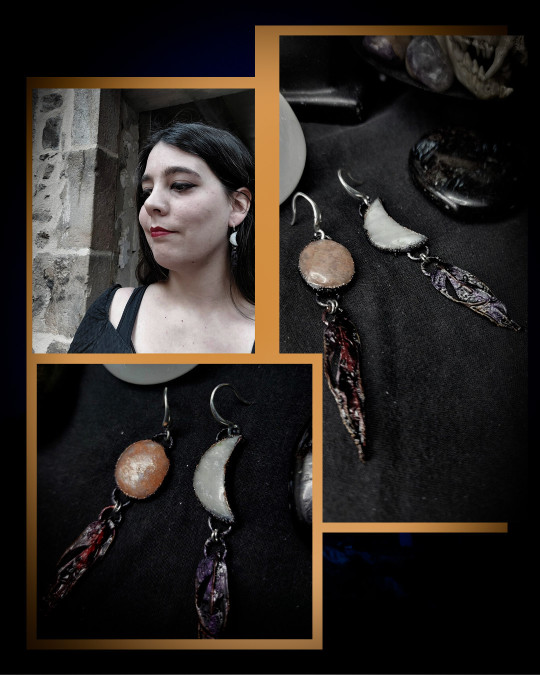
{{VENDU}}
- Ƈօʟʟɛƈȶɨօռ Ռօƈȶʋǟ -
Ֆօʟ ɛȶ ʟʊռǟ
Ƈʊʀɨօֆɨȶǟֆ : Plumes
ʟǟքɨɖǟʀɨʊʍ : Bélomorite (Pierre de Lune) et Plagioclase (Pierre de Soleil)
ʟɨɛʊ ɖɛ ȶʀօʊʋǟɨʟʟɛ : mon jardin
#the crypt and the incubus#witch jewelry#electroformed jewelry#boucles d'oreilles#cabinet de curiosités#noctua#plume#penna#belomorite#plagioclase#pierre de soleil
1 note
·
View note
Text
Plagioclase Care Guide
Composition: (Na,Ca)[(Si,Al)AlSi₂]O₈
Hardness: 6-6.5 (scratched by steel nail)
Varieties
Anorthite
Bytownite
Labradorite
Andesine
Oligoclase (sunstone)
Albite
Hydrosensitivity: Unreactive.
Photosensitivity: Unreactive.
Thermosensitivity: Unreactive.
Reactivity: Unreactive.
Fragility: Not fragile.
Toxicity: Not toxic.
Recommended care: Nothing specific.
Conditions are described based on normal use. Sources and definitions below the cut.
Definitions
Composition: Chemical composition
Hardness: Mohs hardness, gauges how tough a crystal is
Varieties: List of varieties a crystal can be.
Hydrosensitivity: Ability to be damaged or altered by exposure to or lack of water. Crystals should never be submerged in water for long regardless of their hydrosensitivity, and salt water can damage crystals no matter what.
Photosensitivity: Ability to be damaged or altered by light, often light with UV rays (sunlight).
Thermosensitivity: Ability to be damaged or altered by heat, often high heat.
Reactivity: Any other notable reactivities.
Fragility: Ease that the crystal breaks or scratches.
Toxicity: Note of anything toxic inherent to the crystal's chemical composition. Not toxic does not mean you should eat it!
Recommended care: The recommended course of action for this crystal.
Other notes: Any other care notes.
Sources
"Plagioclase", MinDat.
"The Care of Minerals", Journal of the Russell Society.
"Solubility Data on 646 Common and Not So Common Minerals", MinDat.
#self post#crystals#crystal care guide#||#crystal#crystal witch#witchcraft#feldspar#plagioclase#sunstone
0 notes
Text
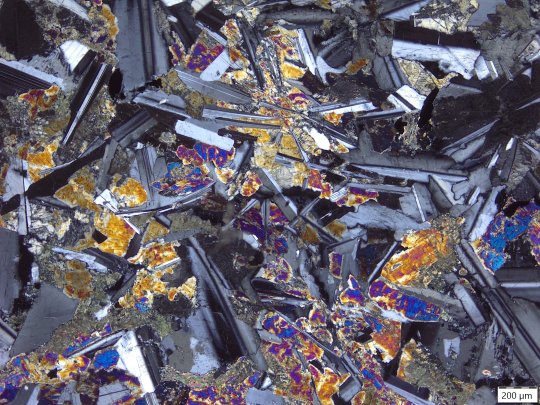
A thin section is about as flat as you can get, but put enough feldspar next to each other and it can feel a bit like falling into your microscope. Some lovely diabase today!
76 notes
·
View notes
Photo

“I think you’re a great big... Oh, no, I can’t do it!”
“Courage, Topaz. You’ve got to be cruel to be kind!”
I didnt give up I promise
this art just took me forever
soooo say hi to Tiger’s Eye, Dravite, and Labradorite!! this drawing’s prompt was ‘AU’, it was supposed to be finished on the 27th but as you can imagine I didn’t have enough time cuz of the level of detail.
like my last HNK Insektors piece, this is a screenshot redraw of an Insektors scene (from SiKK At Heart)
#daily drawing#art#digital art#land of the lustrous#insektors#Houseki No Kuni#insektober#digital painting#gems#crossover#Tiger's Eye#Dravite#Imperial Topaz#Labradorite#I've always been a big fan of labradorite as a gem#and plagioclase feldspars in general#completed#General Lukanus#Lukanus#General Wasabi#Kretinus#Fugg#Draffsack#Krabo#Lord Draffsack#Lord Krabo#Synapse#Teknocratus
9 notes
·
View notes
Note
Opinion on moon rocks?
Very fun! The moon is like a giant volcanic rock. It's made of plagioclase feldspar, which is a very common sort of rock on Earth. It's igneous, which means it was something very hot and melted that eventually cooled down, hence the volcanic comparison.
3 notes
·
View notes
Photo
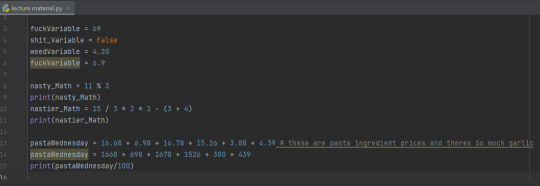
so im learning python
#this is to potentially give me a better shot at getting a better job#and i hope they appreciate the incredible work im putting into this#stupid posts#anyway ive never coded anything beyond a simple excel formula in my life so this has been fun#last time i did any sort of thing like this was college when i had to make deeply layered nested if statements for plagioclase charts#oh ternary diagrams how i miss you
2 notes
·
View notes
Text
(Lava) Bomb on the Mountain (volcano)
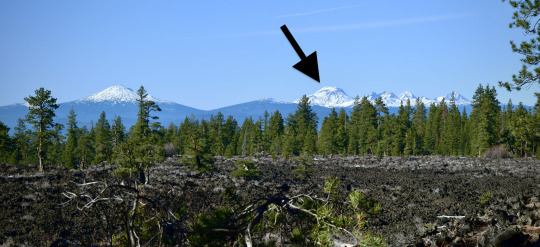
South Sister is Oregon's 3rd tallest peak. It's a stratovolcano 10,363 ft (3,158 m) tall, part of the Three Sisters complex which includes dozens of smaller volcanoes and several older eroded mountains.
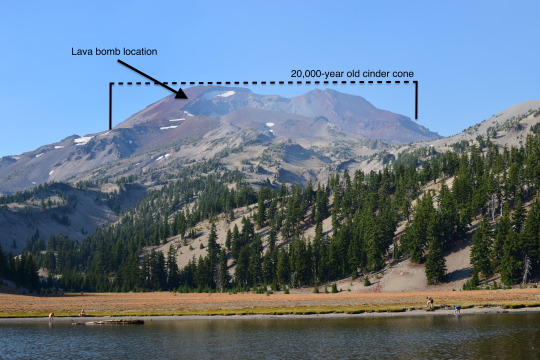
The upper 2,000 feet or so (~650 m) is a 20,000 year-old cinder cone, the result of a fire-fountain-type eruption of lava. One of the common features of that style of eruption are lava bombs - chunks of liquid lava flung through the air that cool in streamlined and elongated shapes. The upper flank of the mountain is very steep, and makes for slow climbing through cinders. Slope pitches average 30˚ in this area, and get as high as 58˚!

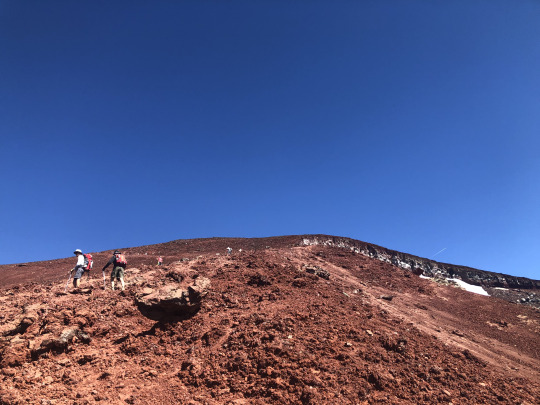
Perched at random on this slope is probably the largest lava bomb I've ever seen! It's probably about a meter across and shows the streamlined, elongated nature of a bomb very well. I'm not sure why it's still sitting at that precarious location, but up close you can see the vesicular texture of erupted lava (basaltic andesite). This might be classified (yes, there are sub-classifications of lava bombs - geologists love classifications!) as a breadcrust bomb because it looks almost like a crusty bread with cracked crust. These are very common on volcanoes like this. It's hard to see in this picture, but amidst the vesicles (bubbles) in the rock are numerous plagioclase feldspar crystals ~0.5-1 mm across.

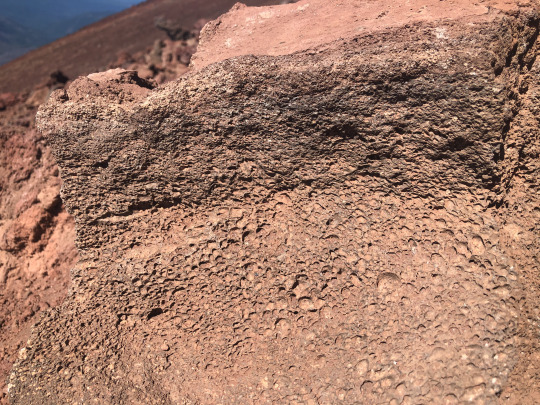
Anyway, volcanoes are cool.
#oregon#geology#pacific northwest#bettergeology#rocks#volcano#three sisters#deschutes#lava#basalt#cascade volcanoes#high cascades#cascadia#pnwexplored#mountain climbing#mountains#hiking#outdoors#nature#geology is cool#adventures
170 notes
·
View notes
Text

Geology majors will name this thing Plagioclase Feldspar (it’s me I’m geology majors) you can call her Fel for short :3
68 notes
·
View notes
Text
Rock Swag Tournament Round 1: Igneous Rocks Part 8


Once again we have some rocks named after minerals! This time, they're both ultramafic. Also this time, we also have a fun diagram to look at.

Ternary plots, very useful but sometimes difficult to plot on (at least for me. I always confuse myself, even now). But we're not plotting anything, we're just looking at trends!
If you look at the three corners of this triangle, you will see they are labelled Ol for olivine), Opx for orthopyroxene, and Cpx for clinopyroxene. These corners tell us what three things we are comparing the proportions of. In this case, we are comparing what percent of olivine, orthopyroxene, and clinopyroxene are in a rock (and what we call that rock based on the relative amounts of these minerals).
Ternary diagrams can have any three things in the corners, but you'll often see QFL (Quartz, Feldspar, Lithics) diagrams to classify sedimentary rocks, or sand-silt-clay diagrams for soil texture. You can also stick two triangles together to make a diamond for something like a QAPF diagram where the four points are quartz, alkali feldspar, plagioclase, and feldspathoids. QAPF diagrams are also used to classify igneous rocks (you can plot syenite and monzonite on them, as well as your granites).
The closer you get to the top corner of the triangle, the more olivine you have. The closer you get to the right corner of the triangle, the more clinopyroxene you have, and the closer you get to the left corner of the triangle, the more orthopyroxene you have.
If your rock sample plots in the top half (ish) of the triangle (at least 40% olivine), your rock is a peridotite. Now, depending on the relative amounts of pyroxene minerals, you may have different types of peridotite like lherzolite, wherlite, harzburgite, or dunite.
In the picture of peridotite above, the peridotite is actually the xenolith (the green rock embedded in the black rock) and it would be considered dunite because it is more than 90% olivine. The reason a rock full of olivine is called peridotite is because peridot is another name for olivine (specifically gemstone-quality olivine).
As for pyroxenites, if you have less than 40% olivine, the rock would be a pyroxenite. If it's almost all pyroxene (no more than ~5% olivine, at the bottom of the pyramid), it would be called websterite.
As for other facts about the rocks, both peridotite and pyroxenite are typically intrusive, phaneritic rocks derived from the mantle. Peridotite is going to be some shade of green because of the olivine, and pyroxenite is usually black or at least dark in color.
I'm also thinking of making an informational post about volcanoes, partial melting (and magma composition) and how these rocks/magmas get from the mantle to the surface, so look out for that at some point (I know myself better than to name a specific timeline).
124 notes
·
View notes
Text
Monday's Mineral: Feldspar Gemstones
Ah, gemstones, one of the banes of my existence as geologist. Don't get me wrong, I can appreciate their beauty but all the silly trade names that gemologists come up with for varieties of the same mineral drive me up the wall.
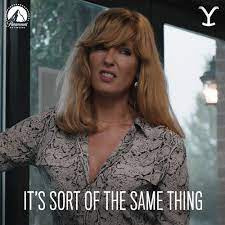
Anyway, feldspars can be gemstone quality if they are not broken down by natural processes first. There's only a couple that really matter: kspar, albite, and labradorite.
Moonstone is probably the most "valuable" of these gems. It is sometimes known as adularia due to it's adularescence (moonshine effect). This is caused by the orientation of albite crystals within orthoclase. It is usually colorless or white.
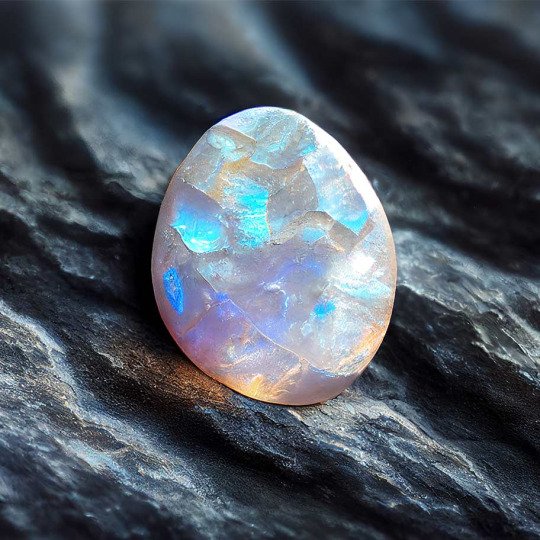
Sunstone resembles moonstone but has a golden color and a warm, shiny, golden adularescence. This is an albite gemstone, as is aventurine. Aventurine has a characteristic appearance of aventurescence, or a sparkly, metallic look.
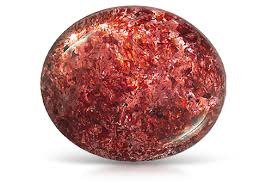
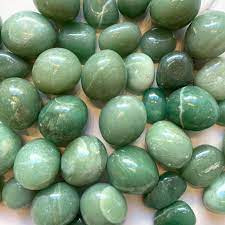
Labradorite is a mixed plagioclase feldspar that exhibits labradorescence, reflected light caused by characteristic polysynthetic twinning of the mineral.
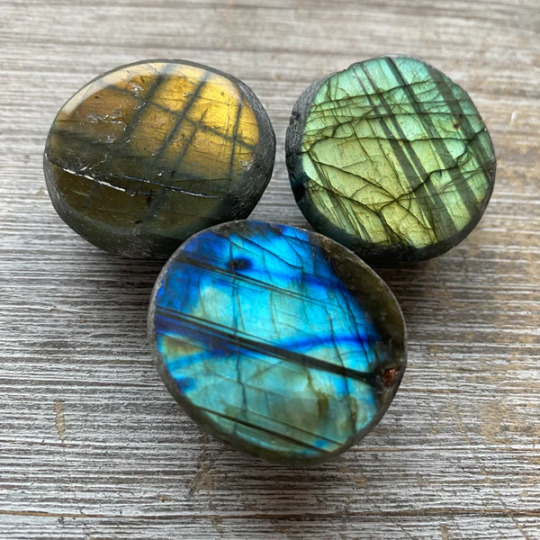
Finally, there is Amazonite, a microcline gemstone that usually green or light blue-green in color. It often exhibits perthite texture seen as white lines. Perthite texture occurs with exsolution or unmixing.

60 notes
·
View notes
Text
Under the oceans
Have you ever wondered what exactly lies at the bottom of the ocean? Or, well, under the bottom of the ocean.
The oceanic crust is relatively thin, only between 2 and 10 km at most, with a global average of 7 km. Its density is between 2.8 and 3.2 g/cm^3 and it is theorized that it cannot be older than 250 millions of years, as oceanic ridges continuously form new crust, while the earth "reclaims" parts of it through subduction.
What is more interesting to me though, is what is actually inside of it.
The "Ophiolitic Sequence" is a reoccurring series of rock formations that can be consistently found through the oceanic crust. As opposed to its continental counterpart, the oceanic crust is relatively predictable from what is known, and usually the same formations can be found in the same order from surface to mantle.
Keep in mind that all of these formations aren't always found under the oceanic crust, in some areas some of them may be missing.
This is a very idealized rendition of what the ophiolitic sequence might look like:
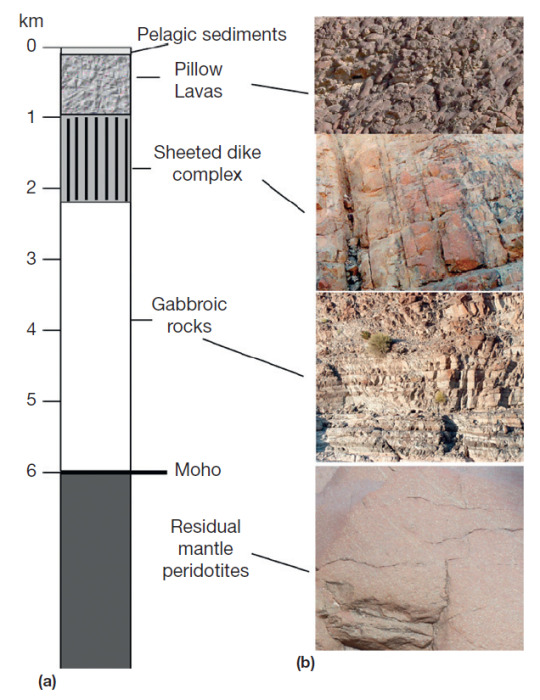
From top to bottom we have:
Pelagic sediments: at the deepest parts of the ocean, this means mostly clay sediments and silicates. Rarely you can find limestone sediments in the ocean, especially at significant depths.
Pillow lavas: the most superficial ignenous formations, formed by lava emerging from the oceanic ridges. They care called this way because when the lava emerges, it comes into contact with water - water applies a hydrostatic pressure that forced the lava to solidify in a rounded shape, similar to the one of a pillow.
Basaltic dykes/dikes: dykes are vertical or semi-vertical magmatic intrusions, these are made of basalt which means they are particularly rich in plagioclase feldspar minerals, specifically rich in calcium.
Gabbroic rocks: gabbro is an intrusive rock, it is pretty much the intrusive counterpart to basalt, as it is also rich in high-Ca plagioclase feldspar minerals.
Moho: "Moho" is not a rock formation, but a geologic and chemical discontinuity that separates crust and mantle, the full name of the discontinuity is "Mohorovičić discontinuity", but most people refer to it as just Moho. It's definied by a significant change in the velocity of seismic waves that pass through it.
Peridotites: the top of the mantle is made up mainly by dunites and peridotites, which are both "ultramaphic rocks", as in rocks that are particularly rich in magnesium and iron. dunites are significantly rich in olivine minerals, while the term "peridotite" is used to refer to ultramaphic rocks that have both olivine and pyroxen minerals in relatively similar ratios. (There is honestly an entire essay that could be written about these rocks alone but maybe in a different post, they are my favorite rocks lol).
I hope this post was informative and interesting to read, if you have questions please don't hesitate sending asks to my inbox!
87 notes
·
View notes
Note
Hi! I’ve noticed that you frequently have stones you refer to as “true moonstone”. Could you explain this? Is there fake moonstone? Thanks!
Ah yes, I'd love to elaborate on this!
So moonstone, sunstone, labradorite, and a few other stones are all different variations of feldspar. There are a lot of trade names to differentiate them. "True moonstone" just refers to the type of moonstone that is orthoclase feldspar, whereas "rainbow moonstone" is an example of plagioclase feldspar. Labradorite is also plagioclase feldspar, so rainbow moonstone is more similar to labradorite than it is to true moonstone.
I hope that makes sense! I feel like I'm a little bit bad at explaining right now because I'm tried.
Oh, and as far as actual fakes go, the most common thing I see trying to be passed off as moonstone is opalite, which is a man-made glass.
Tldr; the term "true moonstone" is just explaining what type of feldspar the moonstone is and the only fake I often see is opalite which looks a lot different than moonstone and should be easy to spot!
116 notes
·
View notes
